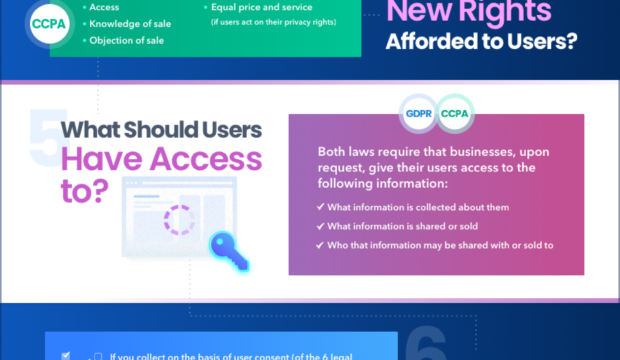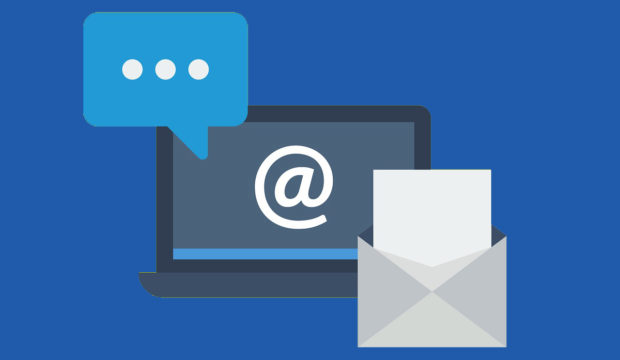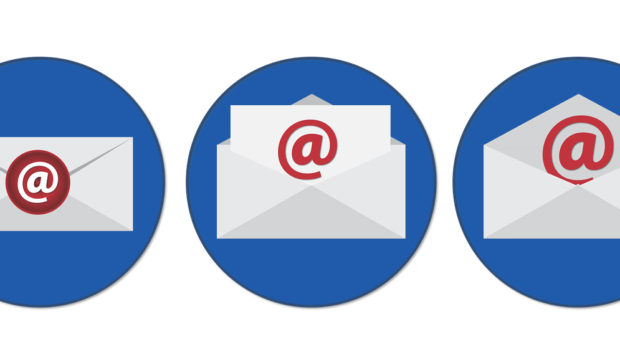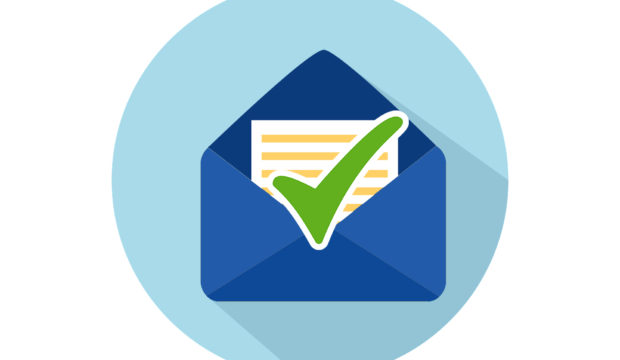CCPA is the first regulation of its kind in the United States, but it has a lot in common with GDPR, the EU’s 2018 data privacy regulation.

CCPA is the first regulation of its kind in the United States, but it has a lot in common with GDPR, the EU’s 2018 data privacy regulation.
Get your email list ready for the holiday shopping season with a winback campaign and engagement segmentation.

You know your unsubscriber list is an untapped resource of potential customers. Here are four quick ways to get a winback campaign working for you.
What does your email list say about you? Read on to see where your list falls and how to improve the size or quality of your email database with opt-in advertising.

Double opt-in is a simple way to take opt-in advertising by validating email addresses to maintain a qualified email database full of actionable leads.

To stay top of mind, and top of inbox, you’ve got to keep your audience engaged. Here are a few tricks to combat email fatigue and maintain email engagement with opt-in advertising.

When it comes to email, far too many marketers focus on email list size, prioritizing quantity of email addresses over list quality. Here are 4 factors to keep in mind when assessing the quality of your email list.

Opt-in advertising allows you to reach unsubscribed or inactive email users in a different way and get them back on your email list so you can resume marketing efforts immediately.

The basic premise of lead generation hasn’t changed, but technology and targeting sure has. Today’s lead generation tactics are sophisticated and frictionless, offering a seamless sign-up without landing pages. How? Through highly efficient opt-in advertising. Here are a few must-reads if you are looking to generate leads without landing pages or want to grow your email list more quickly and efficiently.
Let’s start with the basics: what is opt-in advertising, and why should you use it? The term “opt-in” comes up a lot in online marketing. Single opt-in and double opt-in are two different methods of consent, most often used in relation to email. But when we talk about opt-in advertising, we’re talking about users who are opting in to your email list through an ad shown on a third-party site, typically through a co-registration form where their information has already been pre-populated for an easy opt-in. The best part? It doesn’t require a landing page, and can be used to retarget unsubscribers, all while maintaining data privacy compliance.
Most marketers understand that Instagram engagement is important. But what about email engagement? Low open and click-through rates can hurt not just your email campaign, but your whole email marketing list. Many email service providers look at email engagement to determine the quality of your email list. And a list with few opens or clicks across multiple campaigns can hurt your future email sends. Luckily, there are steps you can take to activate your email list and improve email engagement through opt-in advertising. It ensures you don’t oversend to your list, while still reaching your subscribers efficiently.
When it comes to lead generation, your website might not be helping you the way you think. A good website converts leads into customers, but even the best landing pages are wasted on lead generation. These potential leads don’t know you yet, so getting them to visit your site and read a lengthy landing page before submitting personal information is an expensive and highly ineffective endeavor. Utilizing opt-in advertising negates the need for landing pages and minimzes wasted traffic and costly clicks, while providing 100% trackable proof of consent.
A winback campaign is a great way to grow your list with highly qualified users. After all, they signed up once; what’s so different the second time around? But a simple resubscribe is not enough. You need to re-engage these former subscribers, and quickly. Because while it’s true they joined your list once, they also opted-out at one point as well. The key is to get them interacting with you as soon as possible in order to combat a decline in list quality. Opt-in advertising can help pinpoint these users and deliver relevant, compelling content to win them back.
Want to learn more? A free evaluation is just a click away.

Learn the steps you can take to activate your email list and improve email engagement through opt-in advertising.